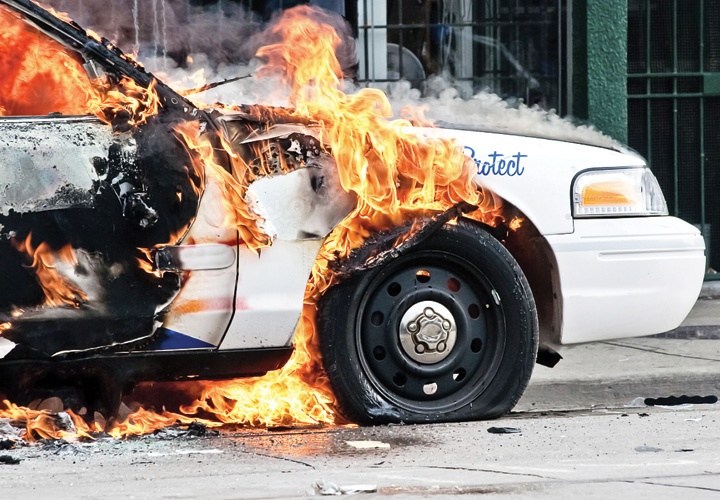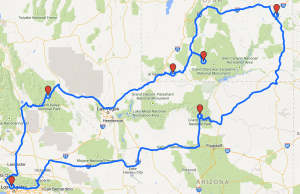
Selecting good routes is extremely important part of your security planning especially in hostile areas or in times of civil unrest. In theory the best routes should allow the vehicles to travel at the maximum legal speed limit with as little congestion and as few stops as possible but in reality this can be a difficult thing to achieve.
Firstly, you will need to select the routes available on a map and also use programs like Google Earth to view photos of the intended route. In the perfect circumstances the routes selected would need to be driven at the time of day you’d be using them so vehicle and pedestrian traffic flow could be assessed and also at a quiet time so a detailed survey of facilities and danger points can be compiled. You will need to plan several routes to and from each location and these will need to be varied as much as possible. In a high risk environment if you use the same route time and time again you will be asking for trouble.
The route selection needs to be broken down into simple stages and the time it takes to complete each of these stages recorded. This is because if there is a loss of communication with your vehicle at a certain time, then your location can be estimated by those your checking in with and will help people to know if your vehicle is overdue and might be in need of assistance.
You need to know the location of all the facilities along the routes such as the locations of hospitals, bathrooms, police stations, garages, hotels and so forth. Communications will need to be checked and all communication dead spots noted. The locations and payment methods (whether coins or cards) of all pay phones along the routes need to be noted. Emergency rendezvous points (RVs) will need to be allocated at positions along the routes in case of emergencies or separations, everyone using the routes will need to know the RV points.
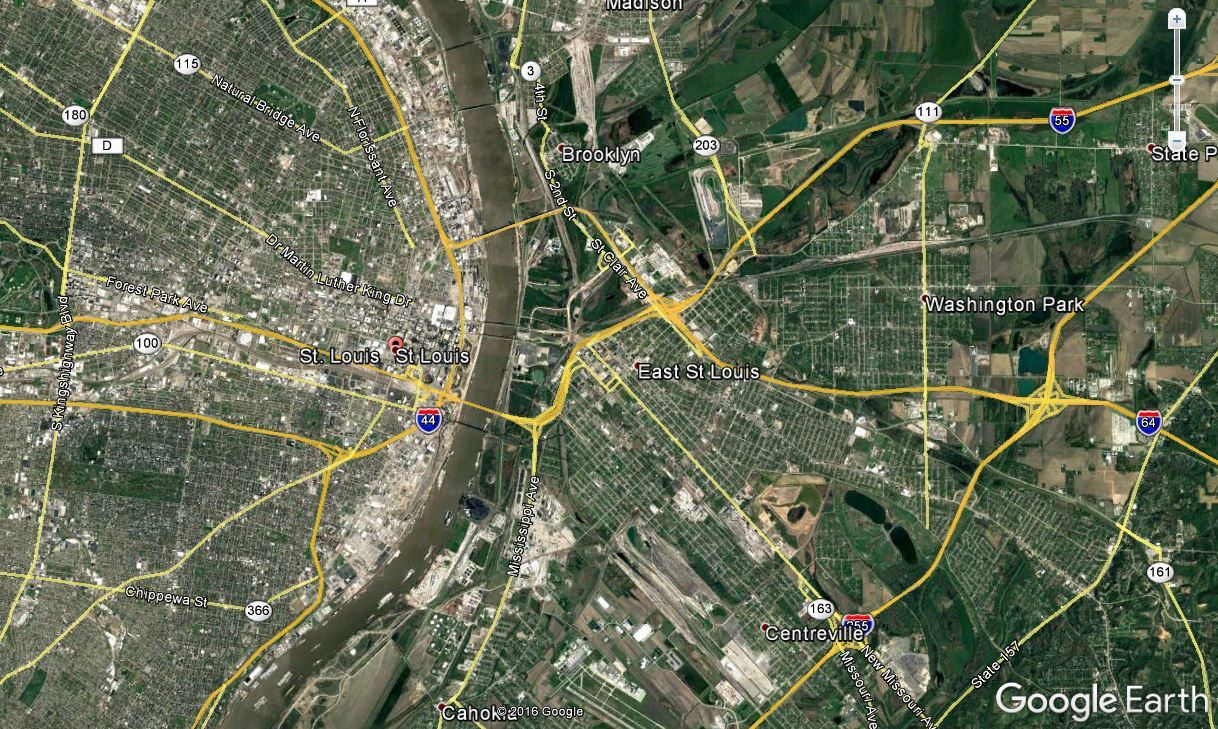
Firstly, you will need to select the routes available on a map and also use programs like Google Earth to view photos of the intended route.
Things that could considered as danger points on your routes would be anything that could slow you down or could conceal an ambush. These could include bridges, roundabouts, woodland, junctions, tunnels, culverts, narrow roads, one-way streets, areas of busy pedestrian or vehicle traffic, known criminal areas etc. Things to be especially suspicious of would include road works, lone-parked cars, pan-handlers, diversions and temporary stop signs. Now in reality if you live in a busy urban area I expect you will have to drive past the majority of the things listed to avoid on your daily journeys. In such environments you need to vary your routes as much as possible and take regular counter surveillance procedures. Also remember, if I know how someone has been trained I can usually predetermine the routes they will select, if I can do this so can the criminals.
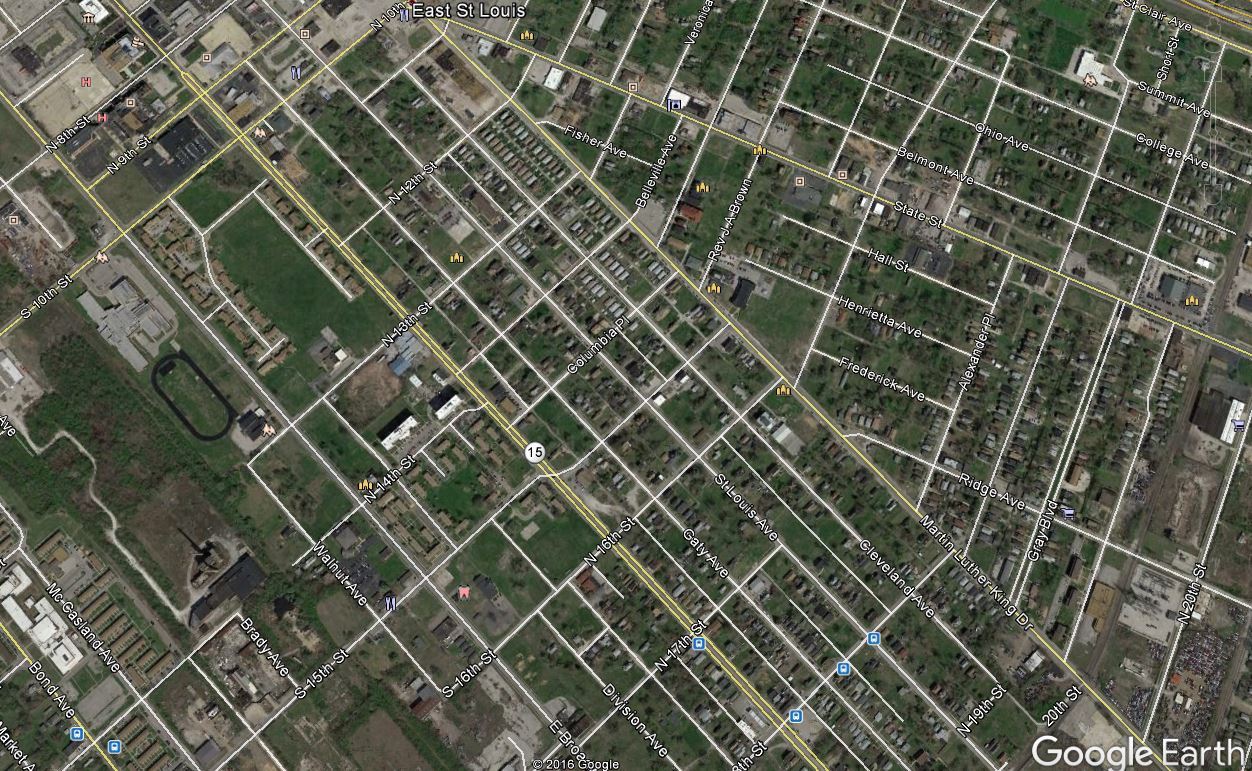
You need to know the location of all the facilities along the routes such as the locations of hospitals, bathrooms, police stations, garages, hotels and so forth.
Most conventionally trained security drivers are taught to take the most direct and fastest routes between locations, which are generally easy to determine. If I was a criminal targeting them I would just wait at a stop light along their route for them to show up. I am personally all in favor of using quite indirect routes which make it easy to identify if you’re being followed and makes it a lot easier to change routes fluidly and unpredictably if required; this not the case on a motorway with limited exits and heavy traffic.
I am also not a big fan of GPS and I find it astonishing the number of people who blindly follow GPS directions right or wrong. GPS are an aid to navigation not a means of navigation. I have had many people go through my course who have gotten lost by relying in GPS; they were taken to the wrong locations or the locations I gave them were not in the GPS etc. You need to be able to use a map and compass and plan your routes properly, this might take you 5 minutes, which in today’s world is a long time but better 5 minutes planning than a couple of hours driving around lost. Another take on GPS is that if I am a criminal who is watching you and see you’re using a certain type of GPS, all I need to do is buy the same model and it will tell me the routes you’re using between different locations, again no need for me to put you under surveillance.
Basic considerations for selecting routes are you must avoid routines, especially in daily journeys, keep your travel details secret, issue only rough timings in advance, use the most secure routes not the shortest, have a detailed reconnaissance done of the routes to be used, know what you’re going to do in the case of a break down or a security issue and know where there are hospitals and other facilities on the route.
Reaction to Ambushes
The ambush tactic, in one form or another, has been used by hunters, criminals and military units for thousands of years. They are commonly used tactic in kidnappings, assassinations and they can involve anywhere from 2 to 200 personnel. Ambushes can occur on busy city streets or on remote country roads. When traveling in a vehicle, your best defense is speed. A trained ambusher will look for natural obstacles on a route which will force a vehicle to slow down.
In high risks areas you need to take into consideration what you are going to do if ambushed, your reaction will depend on the country you’re in, the manpower and equipment you have available. A large percentage of attacks occur when targets are traveling in, approaching, or leaving their vehicles. Attacks can range from explosives being attached to a vehicle at traffic lights to full-scale military ambushes using assault rifles and light anti-tank weapons.
The attackers have the element of surprise on their side and the whole attack could last less than five seconds; to survive, your reaction must be simple, aggressive and fast. Your main objective will be to get out of the attackers killing zone as quickly as possible. You must always be aware that the initial attack might have just been a diversion to direct you into the main ambush or that the attackers might have deployed cut off teams to take you out, if you escaped the killing zone.
If ambushed speed is your best defense, remember, fast moving targets are harder to shoot that slow moving or stationary targets. To avoid ambushes, use fast roads and try to avoid places where you are forced to drive slowly, this is difficult in busy urban areas. If you are ambushed with small arms, drive through it as fast as you can. If you are traveling in a convoy, it may be possible for the chase car to attack the ambush or if there is a lone shooter, run them over. What you do will depend on your manpower and firepower. If the road is blocked to the front of you by a large obstacle or vehicle and you have a clear road behind you reverse out, use simple driving techniques; don’t use complicated techniques that you have seen in the movies.
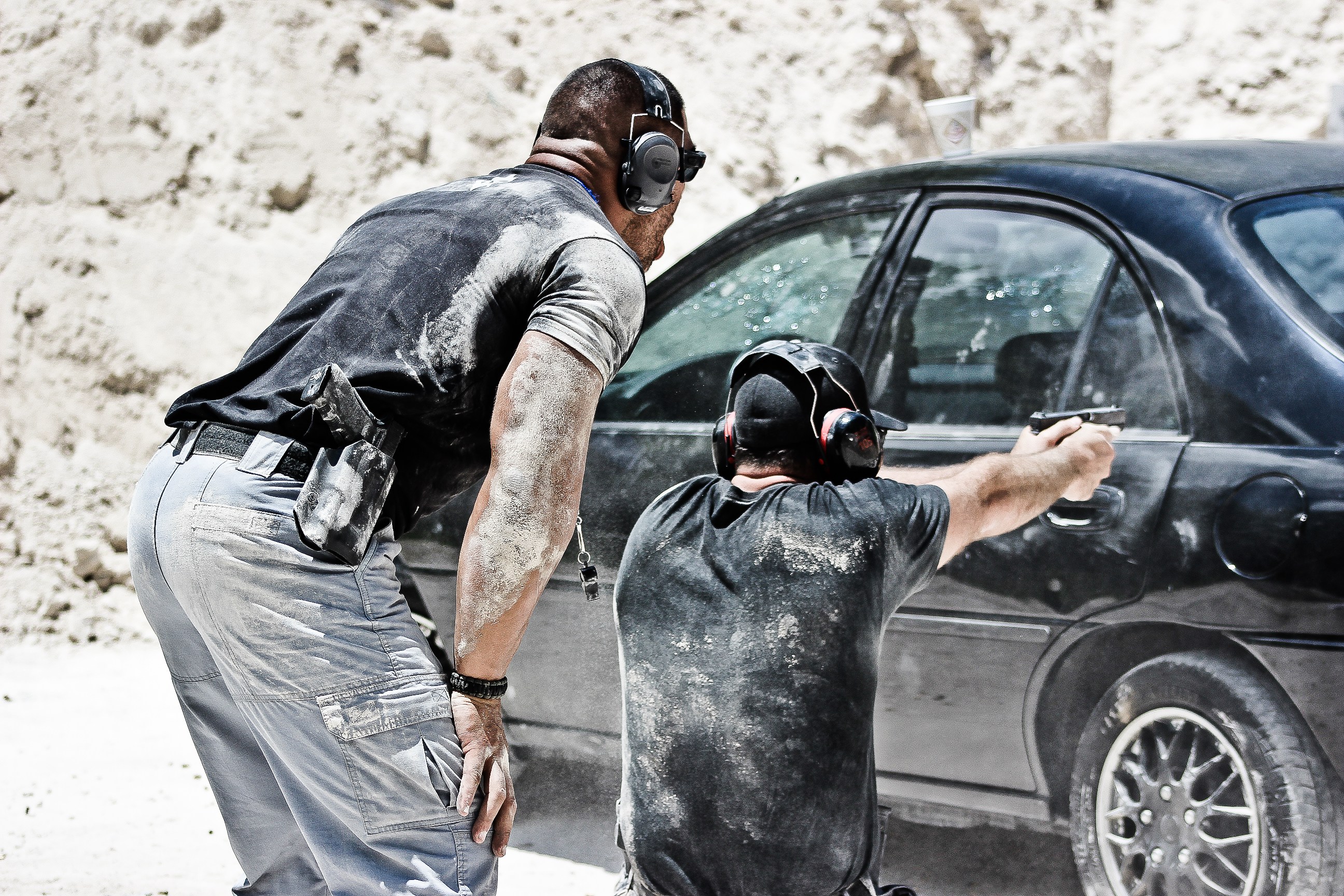
If you are blocked to the front and rear, say in traffic or immobilized and taking fire, you will need to evacuate on foot. When you evacuate on foot stay low, bound from cover to cover and run as quickly as possible. Be aware that obvious escape routes might be booby-trapped and make maximum use of smoke or CS gas grenades to cover your escape.
Unarmed Reaction to Ambush
Here the guidelines for an unarmed contact drill that can be used if you encounter a manned road block and are in an area where you cannot carry weapons.
A consideration on weapons: In some hostile environments, criminals and terrorists put up roadblocks that can contain anywhere from 5 to 200 criminals or guerillas carrying automatic weapons. Think about it, you may have a couple of 9mm pistols in your vehicle but 5 guys with AK-47’s can put out 150 rounds, which will go through un-armored cars in just a few seconds. Additionally, in some places, if you are a foreigner and you are caught with a pistol by criminals or terrorists, you could be mistaken for being a spy and executed on the spot. If you are going to carry a pistol, it’s best to go with a type not issued to law enforcement and military personnel; a Nickel plated .38 revolver says your careful where as a Glock can say your police!
This drill was worked out for a client who lived on a very volatile Caribbean island. Firearms were available but if they were found by local police at a routine road block they could lead to the client being arrested or getting severe beating. The client’s main threat was from driving into illegal roadblocks at night. This is a simplified version of what I worked out for him.
- The client fitted high power spotlights to his vehicle. If he drove into a roadblock at night, he would hit the spotlights for a few seconds and temporally blind and surprise the criminals.
- At the same time, he would reverse away from the roadblock. The client always traveled with another person at night whose job it was to drop smoke dischargers on the road to cover them as they reversed away.
- Whenever possible and safe to do so, the client would turn the vehicle around get out of the area as quickly as possible. If chased by criminals, the client’s car was modified, so all the rear lights could be extinguished and he could drive with only the front parking lights on. In the vehicle, there was a high-powered hand held spotlight, which the passenger was to shine into the face of the driver of the chasing car, to blind them and hopefully cause them to crash.
This drill is simple but it still took a fair bit of organizing and practice to get right. You need to work out what threats that you’re most likely to encounter, then plan your reaction and then practice it.


